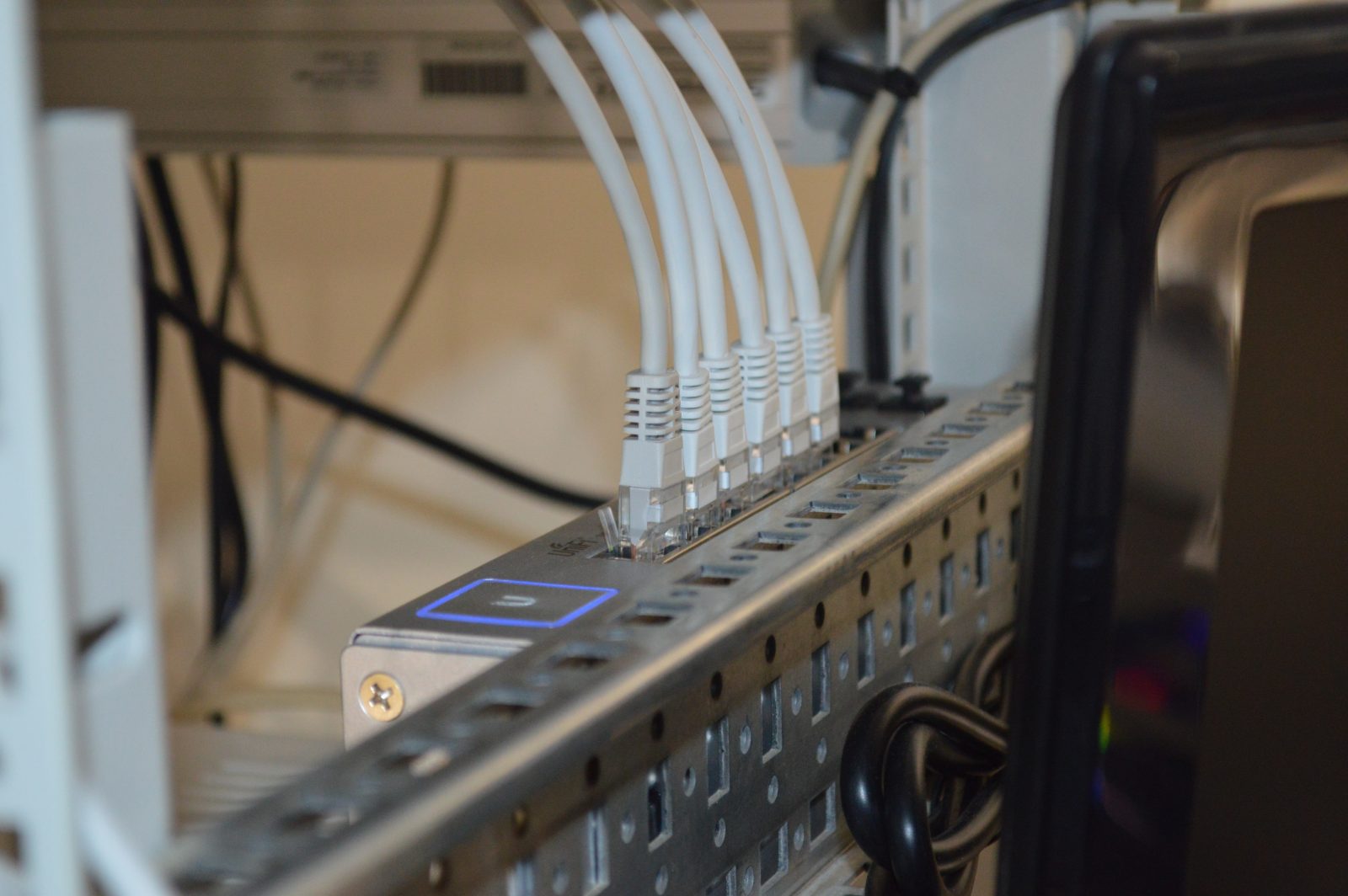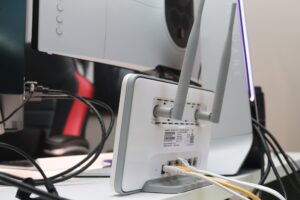
Automate End User Experience Monitoring for Problem Resolution that’s 90% Faster

When it comes to optimizing vast and complex networks, analytics are always important. IT needs constant insight into the health and performance of the network, and this includes from the end user’s point of view. That’s where End User Experience Monitoring (EUEM) comes into play.
How End User Experience Monitoring Supports IT
EUEM is a proactive measure that saves IT from having to wait for end users to report issues, and instead gives teams the ability to emulate users’ interactions with devices and applications, analyze metrics, and then make any network changes necessary to keep operations streamlined. Depending on the method used, these changes can be made before end users are ever affected by adverse WiFi conditions.
While EUEM doesn’t completely negate the possibility that users will still have issues to report, it usually decreases the number of reports and the time to resolution, saving companies time and money.
Types of End User Experience Monitoring
Broadly speaking, IT teams can either manually perform EUEM or use an automated tool.
While there’s nothing wrong with a manual “spot check,” generally, an automated tool provides a more complete and in-depth return. This is largely because monitoring should be performed on a regular, scheduled basis in order to ensure that nothing critical has been missed. With multiple other high-level responsibilities, teams can’t run tests every hour, let alone more frequently.
End users refers both to a company’s employees as well as any customers, press, or investors who may access a company’s site or otherwise join and/or rely on its WiFi network. This amounts to a high number of people who will both impact the network and be impacted by it. To ensure the network is ready to exceed their needs, IT teams must analyze a never-ending, growing deluge of data. This would be a full-time job in and of itself, and one that would require an inordinately large IT team. As this is neither practical, nor, usually, possible, companies need automated, reliable tools that will perform EUEM and give IT the confidence that everything is working as it should.
EUEM via Automation
There’s a few things you’ll want to check for when selecting a tool for EUEM.
On the design and functionality side:
- How easy is the tool to use?
You don’t want a tool that IT has to invest significant time into learning before it can be used; or, if you do, you’ll want to make sure that the learning period is a one time thing, not something that will have to be repeated every time the tool has a software upgrade. You also want to make sure that it isn’t difficult for others to be trained, should your IT team change over time.
- How quickly can the tool be up and running?
Time is of the essence when it comes to analytics. Once IT knows how to use the tool, you don’t want days or more to pass before there are usable insights.
- How long will the tool last?
This refers not only to the tool’s typical lifespan, but also to its adaptability. What if your company expands its operations or changes network vendors? Will the tool still work, or is it vendor-specific or licensed for only a certain number of users?
- Does the tool only provide EUEM or does it have other features?
It can be a nice benefit for IT if the tool provides other necessary capabilities – like network visibility, testing beyond EUEM, security alerts, etc. – because this limits the number of tools that teams have to find, purchase, and learn how to use.
On the operational side:
- Is the tool remote capable?
With employees more distributed than ever, remote EUEM allows IT to keep eyes on all end user experiences, ensuring they are all optimal whether the team can physically travel onsite or not. This support can also apply to monitoring any employees that need access to the network while traveling and on-the-go.
- Does it automatically alert IT to issues?
Automated tools are supposed to save IT time. If the tool discovers issues and doesn’t automatically alert the team, but passively waits for the team to check results, it isn’t as much of a time-saver as it could be.
Bonus points for any tool that identifies the root cause of the issue and provides actionable resolutions for a significantly reduced Mean-Time-to-Resolution (MTTR).
- What does it test?
For example, does it test all applications and devices? Does it test network performance and wireless connectivity? Is it compatible with the latest technology, such as WiFi 6? EUEM should empower IT to know exactly what changes will improve the end user experience, and which ones won’t have an effect.
- Does it save analytics?
Historical analytics are one of the most underutilized components of future-proofed network optimization. With them, IT can review past network behavior – sometimes even at the device level – and be alerted to long-term trends in performance and health in a number of crucial areas. With this information, administrators are better equipped to create a personalized plan for network upgrades and updates, one that is budget-friendly, effective, and, yes, future-proof.
Improve the End Users Experience and Boost Productivity
A streamlined network, one designed for its end users, not only improves the mood of end users, but also improves operational efficiency and productivity. Companies that take advantage of this will see a boost in their own reputation.
The award-winning, best-in-class Wireless Intelligence Platform™ (WIP) is the leader in AI-driven WiFI Automation. It delivers:
- A 90% faster MTTR
- 60% fewer WiFi problem tickets
- 80% fewer remote site visits
It is vendor-agnostic and plug-and-play, providing valuable network insights within minutes of being turned on. To provide EUEM, one of WIP’s radios connects to the network as a client device, testing the network infrastructure that is used by end users. While these tests are being run, WIP’s other radios continue monitoring and analyzing the entire network ecosystem, ensuring that no data is lost.
Contact Wyebot today to learn more.


